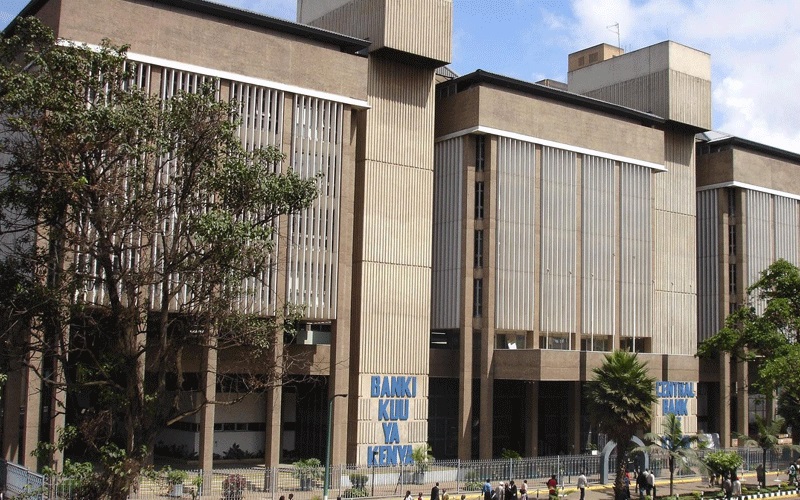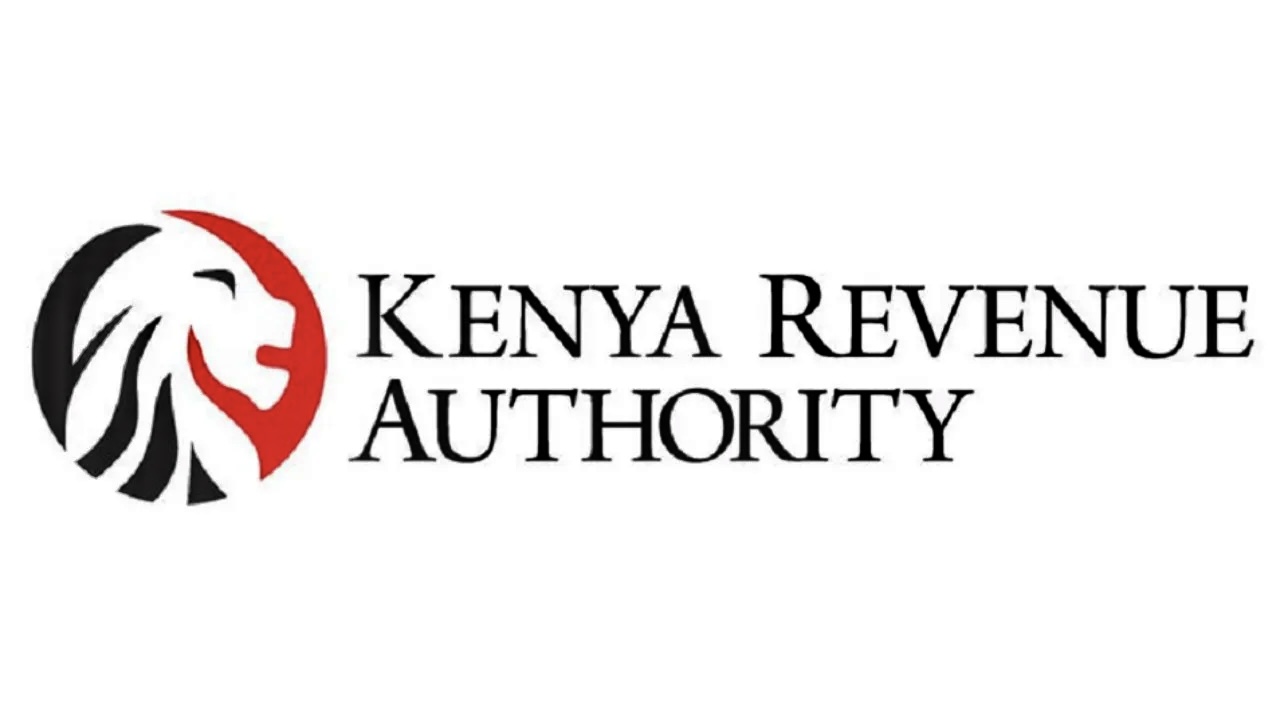
A new report from the Kenya Bankers Association (KBA) and PwC reveals that Kenya’s banking sector handed over a massive KES 194.81 billion to the government in 2024.
This isn’t just a big number; it’s a structural pillar of the country’s finances. According to the report, the total tax contribution from just 36 participating banks and microfinance institutions accounted for a staggering 8.09% of all government tax receipts for the year. This data highlights a massive reliance on a very small pool of highly compliant taxpayers to keep the government’s lights on.
Where did the KES 195 Billion come from?
The report splits that KES 194.81 billion total into two main buckets:
- Taxes Borne (KES 100.12 billion): This is the direct hit to the banks’ bottom line. It’s the tax they pay themselves, with Corporate Tax being the single largest component, ringing in at KES 69.41 billion.
- Taxes Collected (KES 94.69 billion): This is where the banks act as the government’s collection agent. It includes taxes they deduct from employees, like Pay As You Earn (PAYE), and taxes they hold back from supplier payments, known as Withholding Tax.
The Housing Levy fills the gap
The most revealing trend in the report is how the tax bill is changing. While Corporate Tax remains the biggest single contributor (making up 35.63% of the total), it actually declined by 4.98% compared to 2023.
So, what filled the gap? People-related taxes.
The report directly credits the full-year implementation of the government’s controversial Affordable Housing Levy (AHL) for a “significant rise” in these taxes. Collections for the AHL from the banking sector alone surged by 113%, more than doubling to hit KES 3.45 billion. In short, while corporate tax payments dipped, collections from people-related levies spiked to offset it.
More profits, lower tax rate
Here’s a slightly confusing twist: even as the total cash paid went up, the banks’ effective tax rate actually went down.
The report uses a measure called the Total Tax Rate (TTR), which calculates how much tax is paid for every KES 100 of profit. In 2024, that number was KES 38.50. This is a significant drop from 2023, when the TTR was 46.77%.
The reason is simple: bank profitability increased. The banks made so much more money in 2024 that even with a lower effective tax rate, their total cash contribution to the government was still enormous.
Where does all the money go?
The report also provides a fascinating breakdown of how the value generated by banks was distributed. The government was, by far, the biggest beneficiary.
- Government: Received 54.95% (via taxes)
- Employees: Received 25.62% (via salaries and benefits)
- Shareholders: Received 19.44% (via dividends)
KBA Chief Executive Officer, Raimond Molenje, argued in a statement that the KES 194.81 billion figure “highlights the sector’s central role in Kenya’s revenue mobilization” and provides “valuable insights for policymakers.”
Peter Ngahu, PwC’s Country and Regional Senior Partner, was more direct about the reliance issue. He noted that the 8.09% contribution from just 36 taxpayers “underscores the banking sector’s important role” and “highlights the continued reliance on a few highly compliant taxpayers.”
The cost of compliance
Finally, the report includes the banks’ own complaints about the high cost of being the government’s tax collector.
The banks reported incurring “significant administrative costs” to manage their tax obligations, spending an average of KES 13.5 million per bank each year. This compliance work reportedly requires an average of three full-time employees dedicated only to tax-related tasks.
In response, the banks are asking the government to ease this burden. Their suggestions include returning to monthly Withholding Tax filings (implying the current schedule is more frequent and demanding) and, unsurprisingly, better automation on government platforms like iTax and eTIMS.







